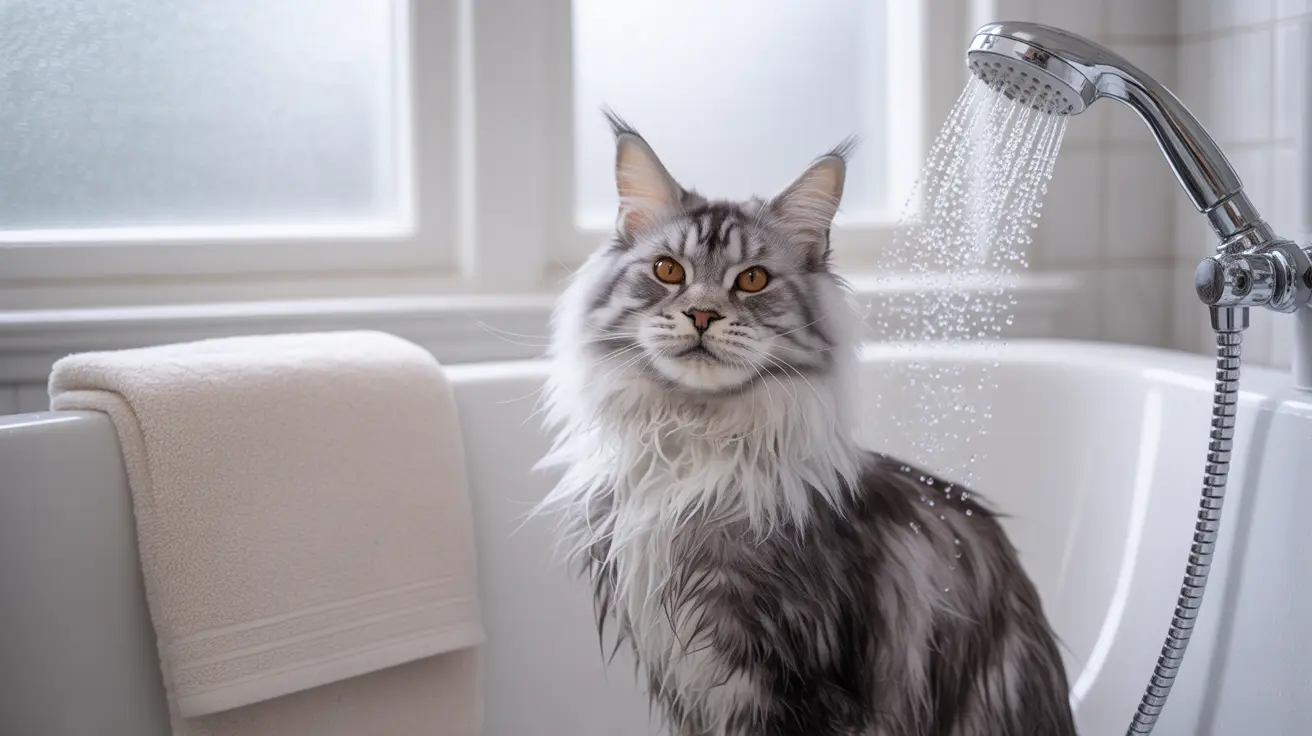Understanding Why Cats Get Dirty
Despite their meticulous self-grooming habits, cats can become dirty for various reasons. Outdoor adventures, mobility issues in senior cats, or health conditions can all lead to a less-than-pristine coat. Long-haired breeds are particularly susceptible to accumulated dirt and matting.
Essential Supplies for Cleaning Your Cat
Before attempting to clean your dirty cat, gather these necessary supplies:
- Cat-specific shampoo and conditioner
- Pet-safe cleaning wipes
- Soft towels
- Gentle brush or comb
- Treats for positive reinforcement
- Warm water source
- Non-slip mat for bathing
Spot Cleaning Techniques
For minor messes, spot cleaning is often sufficient and less stressful for your cat:
- Use pet-safe wipes for small dirty areas
- Apply a damp cloth with warm water for sticky substances
- Brush out dry dirt and debris gently
- Focus on affected areas without overwhelming your cat
Full Bath Protocol
When spot cleaning isn't enough, follow these steps for a full bath:
- Brush your cat thoroughly to remove loose fur and tangles
- Use lukewarm water and cat-specific shampoo
- Start from the neck down, avoiding the face
- Rinse thoroughly to prevent skin irritation
- Towel dry gently and keep them warm
Dealing with Matted Fur
Matted fur requires special attention and careful handling:
- Use a detangling spray designed for cats
- Work through mats gradually with appropriate tools
- Consider professional grooming for severe matting
- Never cut mats close to the skin
Preventive Maintenance
Regular grooming helps prevent serious dirt accumulation:
- Brush your cat 2-3 times weekly
- Check for dirt and debris after outdoor activities
- Maintain a clean living environment
- Address health issues that might affect self-grooming
Frequently Asked Questions
How can I safely clean my cat's fur if it gets dirty or sticky from outdoor messes?
Use pet-safe wipes for immediate cleanup, followed by spot cleaning with a damp cloth. For sticky substances, apply a cat-safe detangling solution and gently work through the area. For severe cases, a full bath with cat-specific shampoo may be necessary.
What grooming tools and products are best for preventing and removing mats in long-haired cats?
Use a slicker brush for daily grooming, metal comb for detecting mats, and specialized cat detangling products. Regular brushing with appropriate tools prevents mat formation and makes removal easier when necessary.
How often should I bathe my cat, especially if they have trouble grooming themselves?
Most cats need bathing only when visibly dirty. However, cats with mobility issues or health problems may need monthly baths. Consult your veterinarian for personalized recommendations based on your cat's specific needs.
What are the signs that my cat's dirty or matted fur might indicate a health problem?
Watch for excessive greasiness, strong odors, skin irritation, or sudden changes in grooming habits. These could indicate underlying health issues requiring veterinary attention.
How can I calm an anxious cat during grooming or bathing sessions?
Start with short grooming sessions, use positive reinforcement with treats, maintain a calm environment, and consider pheromone products. Some cats respond well to grooming before meals when they're naturally calmer.
Conclusion
Maintaining a clean cat requires patience, proper techniques, and the right tools. Regular grooming and prompt attention to dirty fur help prevent more serious issues while strengthening the bond with your pet. Remember to always prioritize your cat's comfort and safety during cleaning sessions, and don't hesitate to seek professional help for challenging situations.






